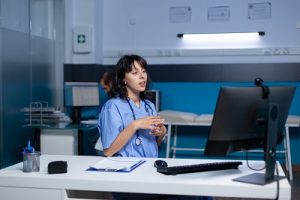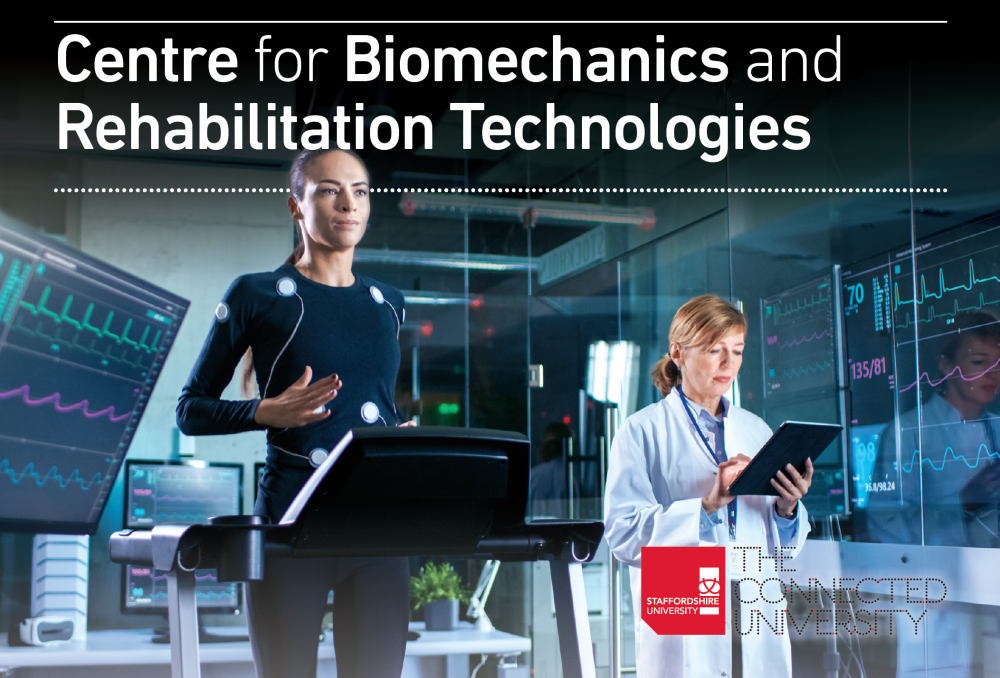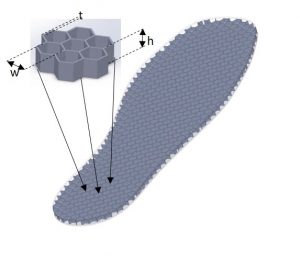The COVID-19 pandemic saw an unprecedented expansion of telehealth with a shift to remote patient consultations across the allied health professions.
Our study published in BMJ Open has examined current guidelines for the 14 Allied Health Professionals (AHPs) in the UK reveals a clear need to solve the disparities in the level of guidance for remote consultations between professions.
While telehealth can be considered an efficient and safe way to deliver consultations, in practice there are barriers which can lead to unintended consequences; these include technological constraints such as inadequate internet bandwidth, lack of skills among users, patient confidentiality, privacy as well as data security issues.
Additionally, concerns have been raised about the risk of patient harm resulting from the lack of diagnostic and therapeutic quality of services delivered through telehealth, as this can lead to highly infectious and life-threatening conditions being missed.
The study revealed that most telehealth guidelines were designed to quickly respond to the need for remote patient consultations during the Covid-19 pandemic and recommends that available guidelines should be reviewed to ensure they meet the long-term needs of patient consultations.
Very few guidelines were specifically designed for certain clinical populations, which acknowledged that telehealth consultations need to be adapted to meet individual needs. It was also found that most guidelines were specifically designed for occupational therapists, physiotherapists and speech and language therapists, leaving the other AHP groups with very few or inadequate guidelines.
Please read the full paper here: https://bmjopen.bmj.com/content/11/12/e055823


